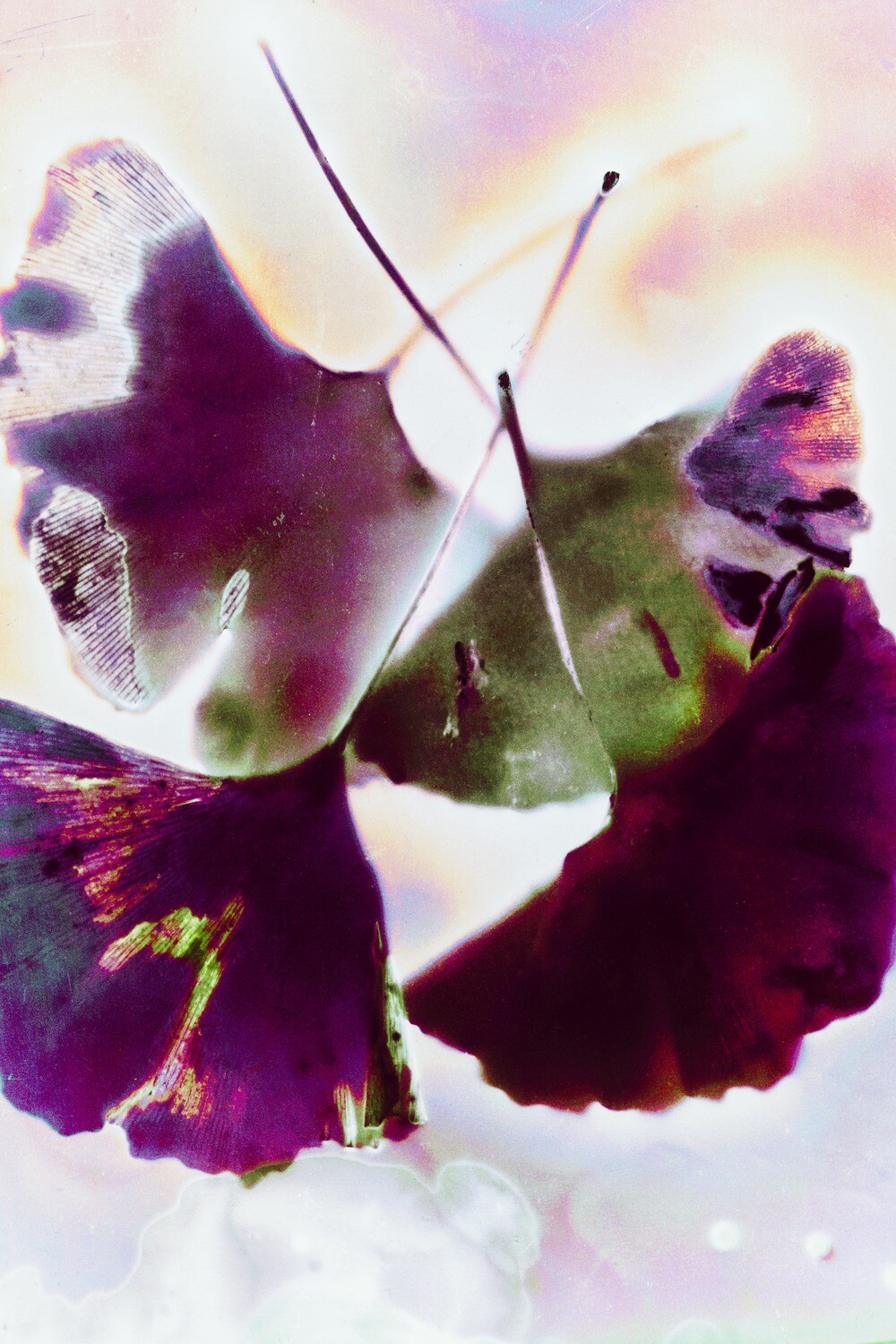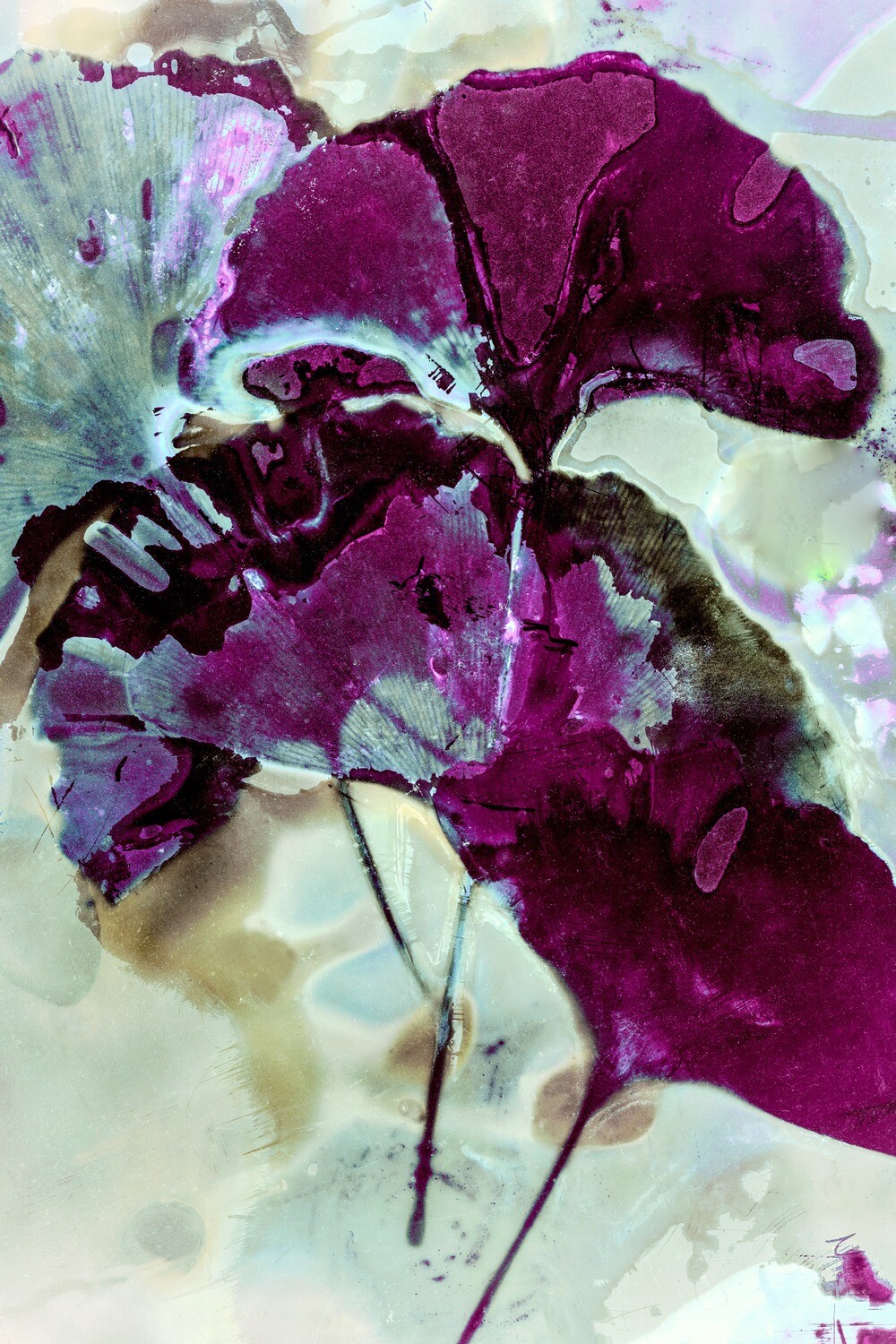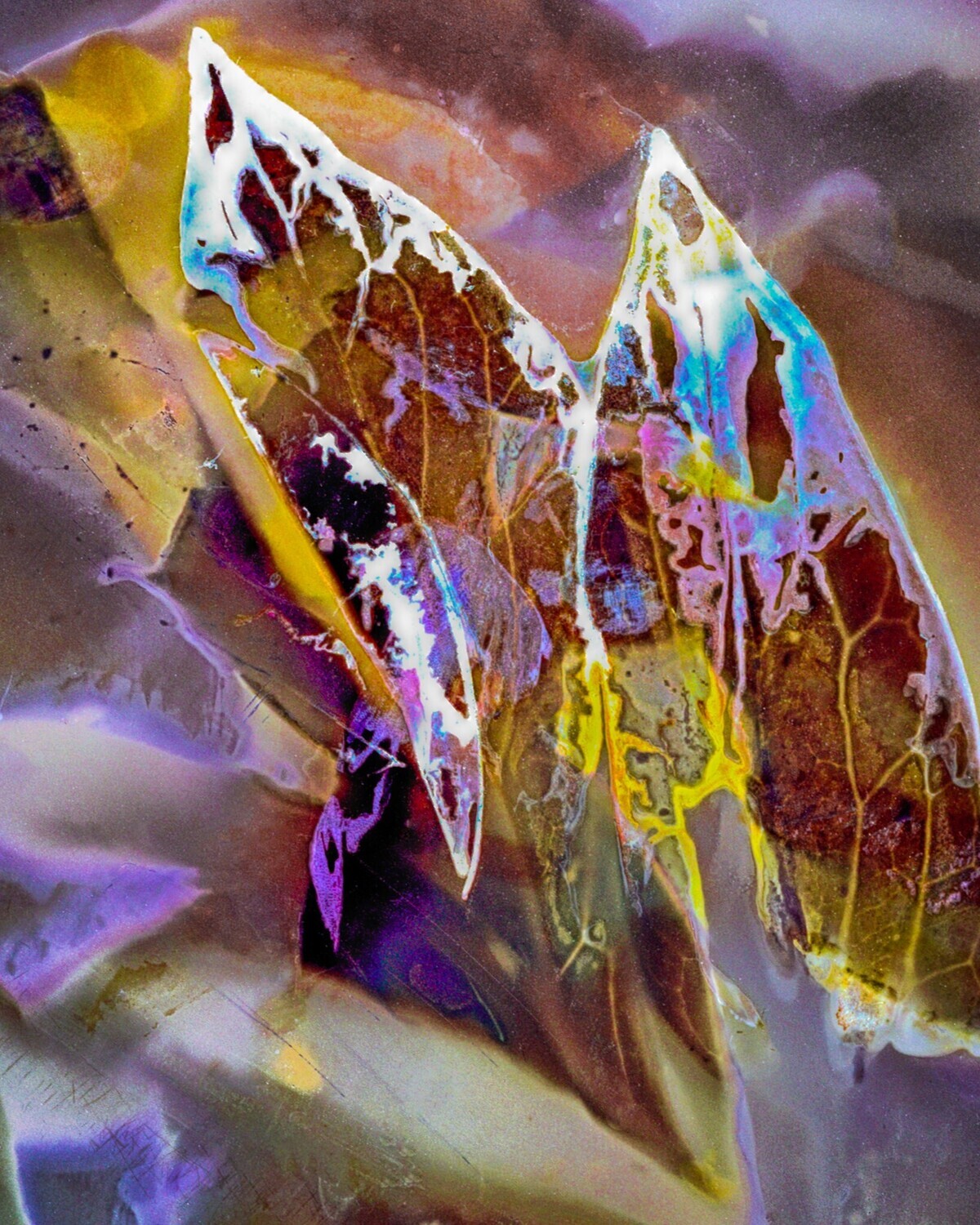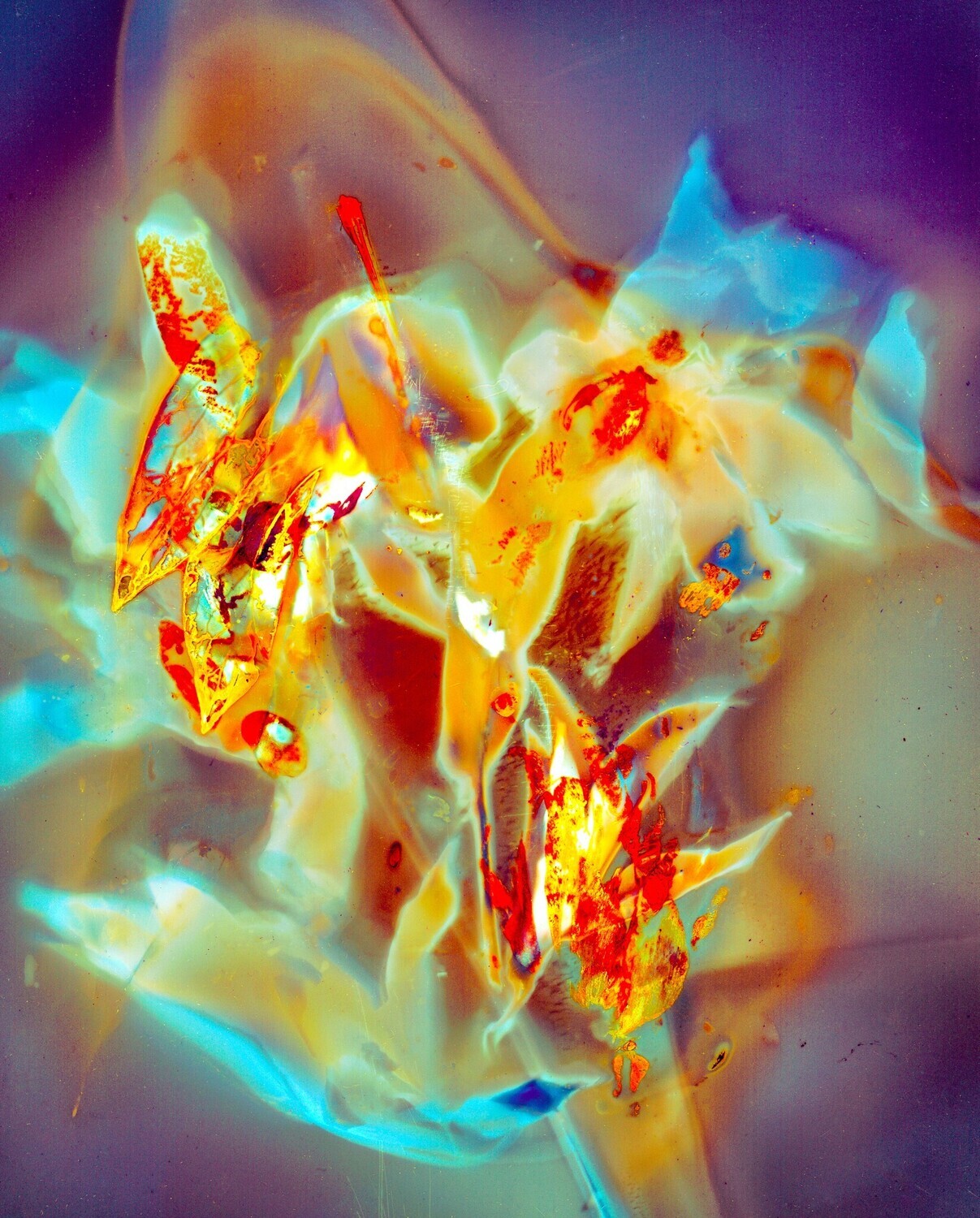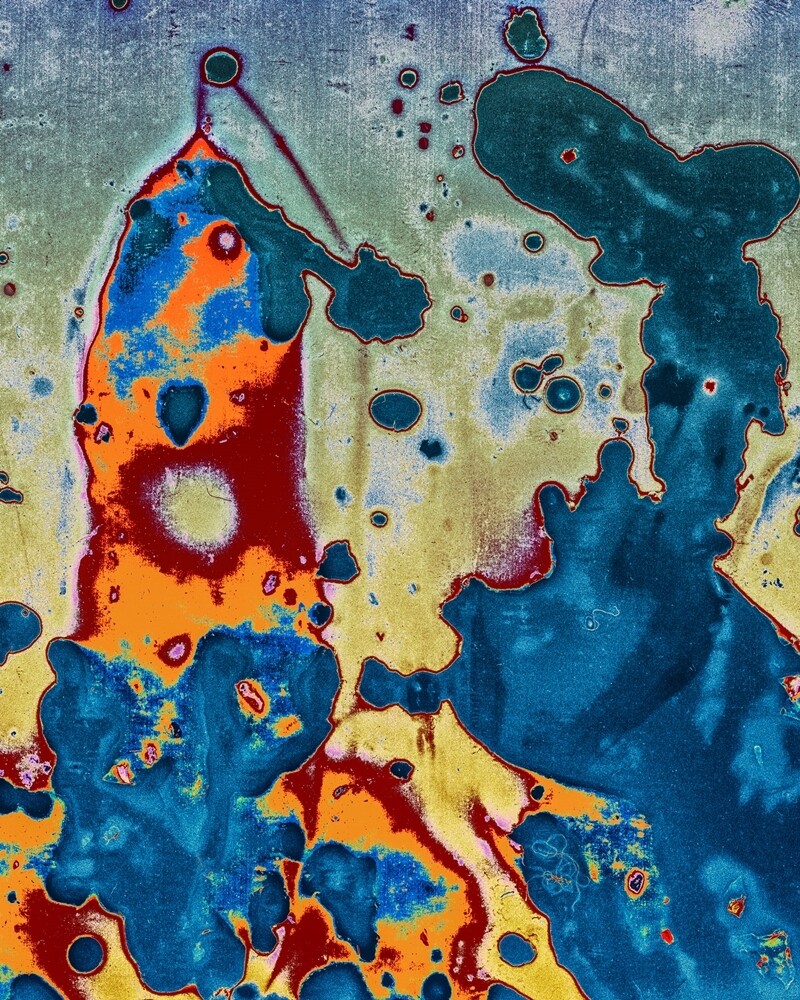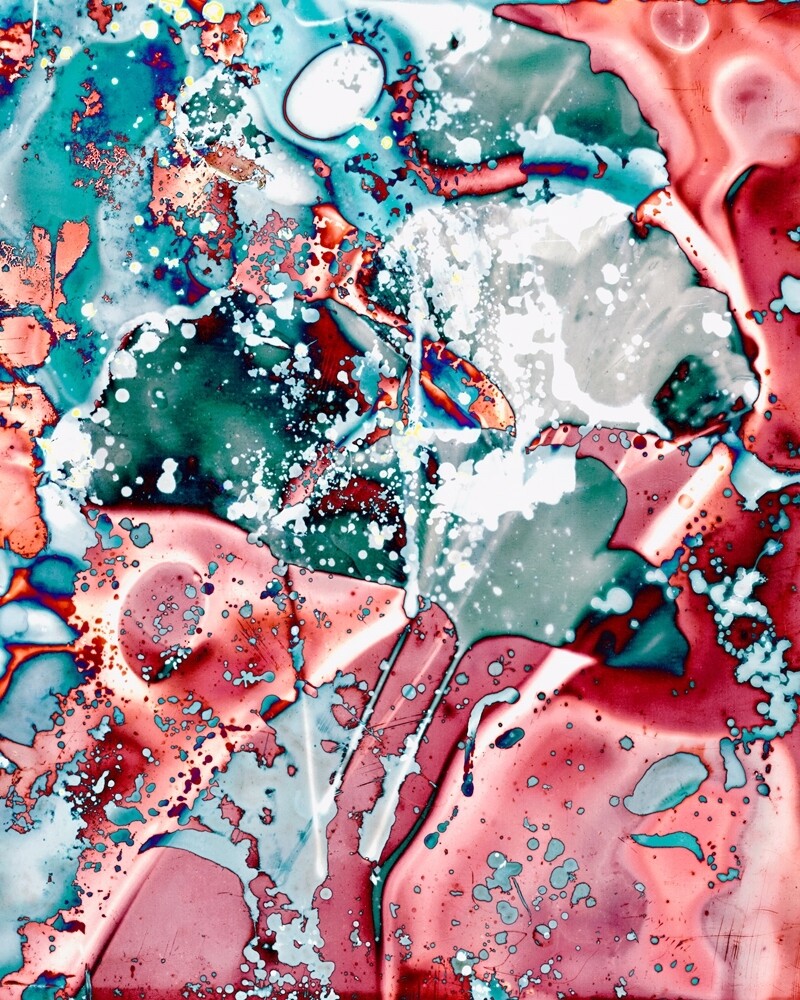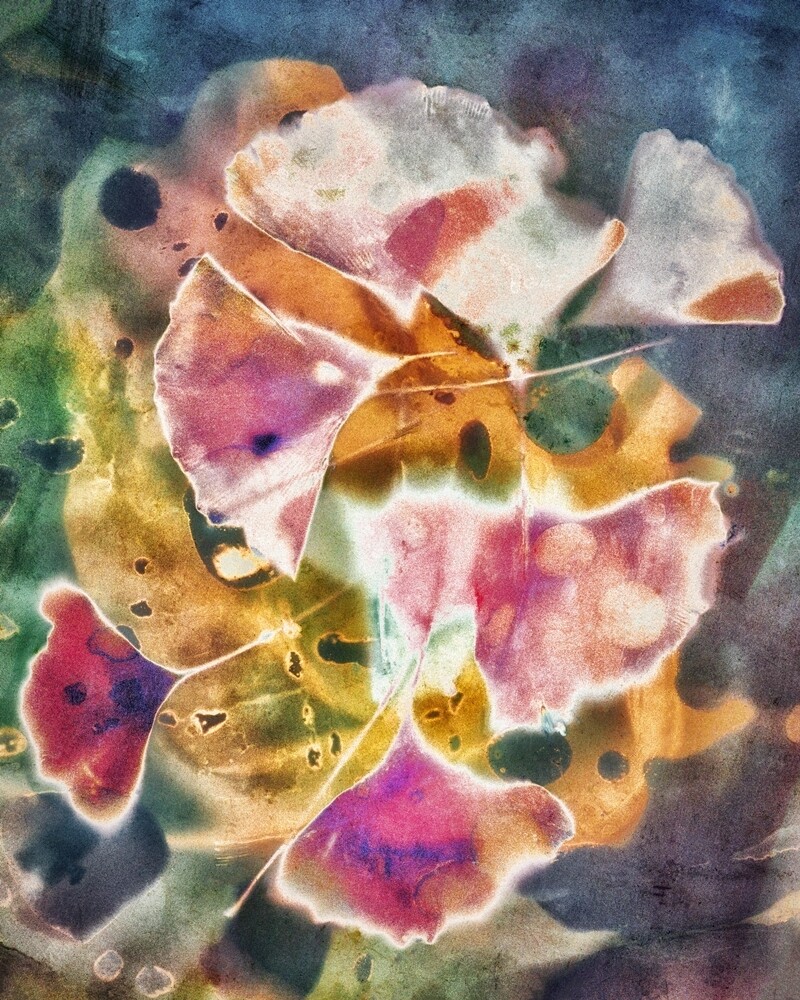Phyllis Schwartz
Phyllis Schwartz is a multi-disciplinary artist who works in photography, ceramics and publishing. She is an Emily Carr University graduate with a concentration in photography and the recipient of the Canon Photography Award. As a visual artist, she seeks detail, texture, and poetic elements. Schwartz uses photography to investigate and record what eludes the eye. Her photography has been installed, exhibited and published locally, across Canada and internationally; her works are in public, corporate and private collections. These collections include the Farmboy Collection at the Rosewood Hotel Georgia and St. Paul's Hospital Art Collection. Recent exhibitions include LightSensitive: celebrating images from the darkroom (Gilbert, Arizona) Illuminations and Impressions (die Bedürfnisanstalt, Hamburg, Germany), Unique (A Smith Gallery, Johnson City, Texas), Telling Stories: a visual art exhibition (On-Tak Cheung Gallery/Chinese Cultural Centre, Vancouver, Canada) and Intervals: photography in flux (South Main Gallery, Vancouver).
Born in Brooklyn, raised in Texas, educated in the Mid-West, Phyllis Schwartz migrated to Western Canada during the 70s, where she put down roots and grew her artist practice. Coming from a family of artists, she was surrounded by clicking cameras, maquettes and conversations about art exhibitions. She remembers a summer camp conversation with the art teacher in the pottery shed and sometimes wonders if this is where her pursuit of an artist practice began. Biology class was her first opportunity to learn observational drawing, an early lesson in blind contour drawing and trusting eye-hand coordination. Schwartz began making photographs with a box camera at the age of seven and always had a camera with her, especially when she travelled, early evidence of her interest in detail and situational portraits. Throughout her teaching career, she infused art assignment into the academic subjects she taught and found creative ways to engage students in art experiences as part of the course content. During those years, Schwartz spent long nights making her own art until she found a way to move from a teaching practice into an artist practice that included guest teaching and residencies, which in turn allowed more time for artmaking and curatorial work.


